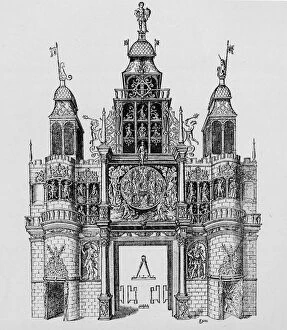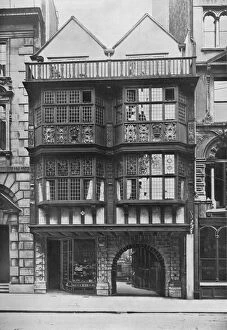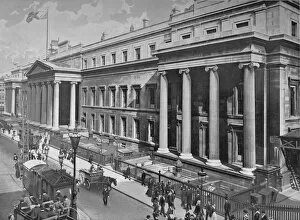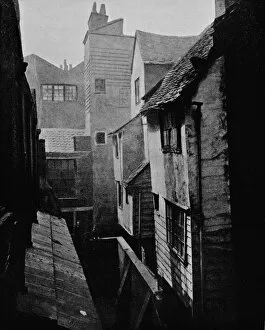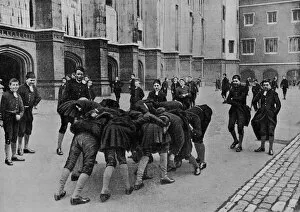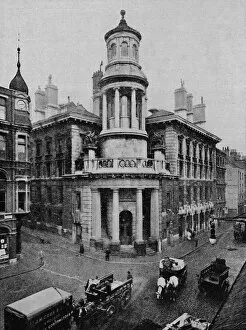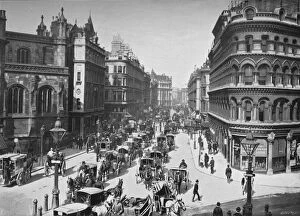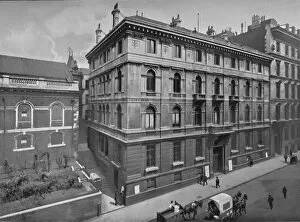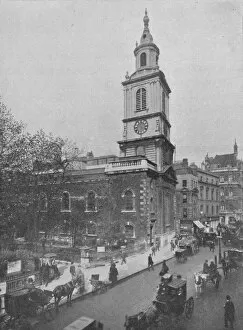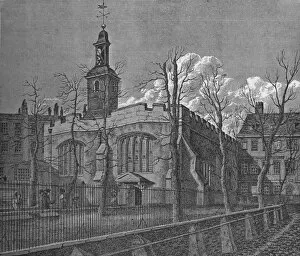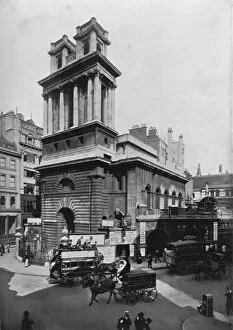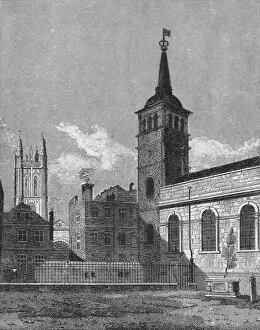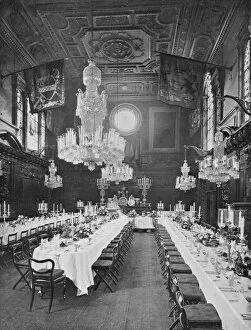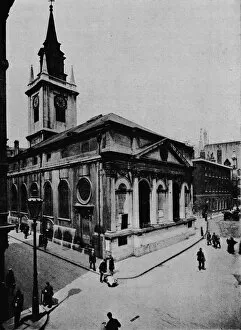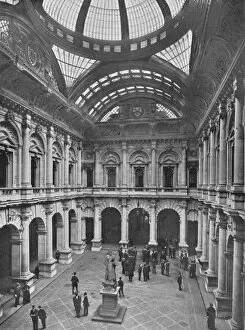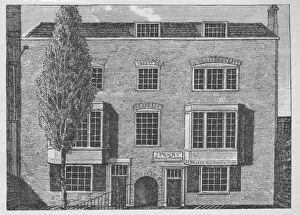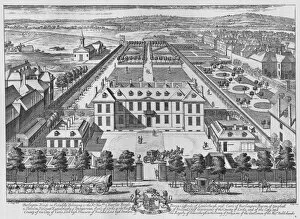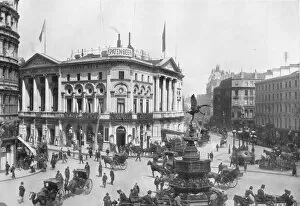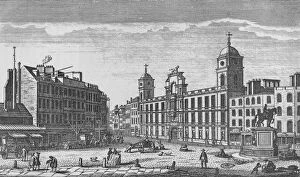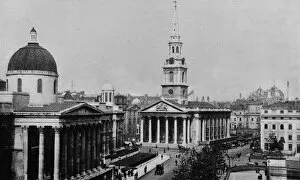Besant Collection (#3)
"Besant: A Trailblazer in Social Justice and Activism" In 1888, the world witnessed a pivotal moment in history with the Matchgirl Strike
For sale as Licensed Images
Choose your image, Select your licence and Download the media
"Besant: A Trailblazer in Social Justice and Activism" In 1888, the world witnessed a pivotal moment in history with the Matchgirl Strike. The courageous actions of the 1888 Matchgirls, led by Annie Besant, marked a turning point in workers' rights and ignited a spark that would fuel future movements. Born circa 1900, Annie Besant was an influential figure who dedicated her life to fighting for justice and equality. Her tireless efforts resonated far beyond her time, leaving an indelible mark on society. Besant's activism extended beyond labor issues. She played a significant role in various causes throughout her life. From championing women's suffrage to advocating for educational reforms, she fearlessly challenged societal norms. The Holy Trinity Church in Clapham stands as a testament to Besant's unwavering faith and commitment to spirituality. Built around c1812 and restored in 1912, this sacred place served as both solace and inspiration for her during turbulent times. Annie Besant collaborated closely with fellow activist Fuller on numerous projects aimed at improving living conditions for the working class. Together they fought against poverty-stricken neighborhoods depicted vividly by William Hogarth's powerful artworks like "Beer Street" (1751) or "A Country Inn Yard" (1747). It also shed light on social vices prevalent within elite circles through works such as William Radclyffe's depiction of "Gambling at Whites Club" (1734). Her relentless pursuit of truth exposed injustices regardless of social standing or privilege. With deep historical roots dating back to King Edward the Confessor's Palace at Borstal (Brill) in 1908 or incidents surrounding Venners Rising and rebel leaders' execution from 1661 captured poignantly by Thomas Dale’s artwork depicting Leadenhall Skin Market (1825), Besant understood that understanding the past was crucial for shaping a better future.

